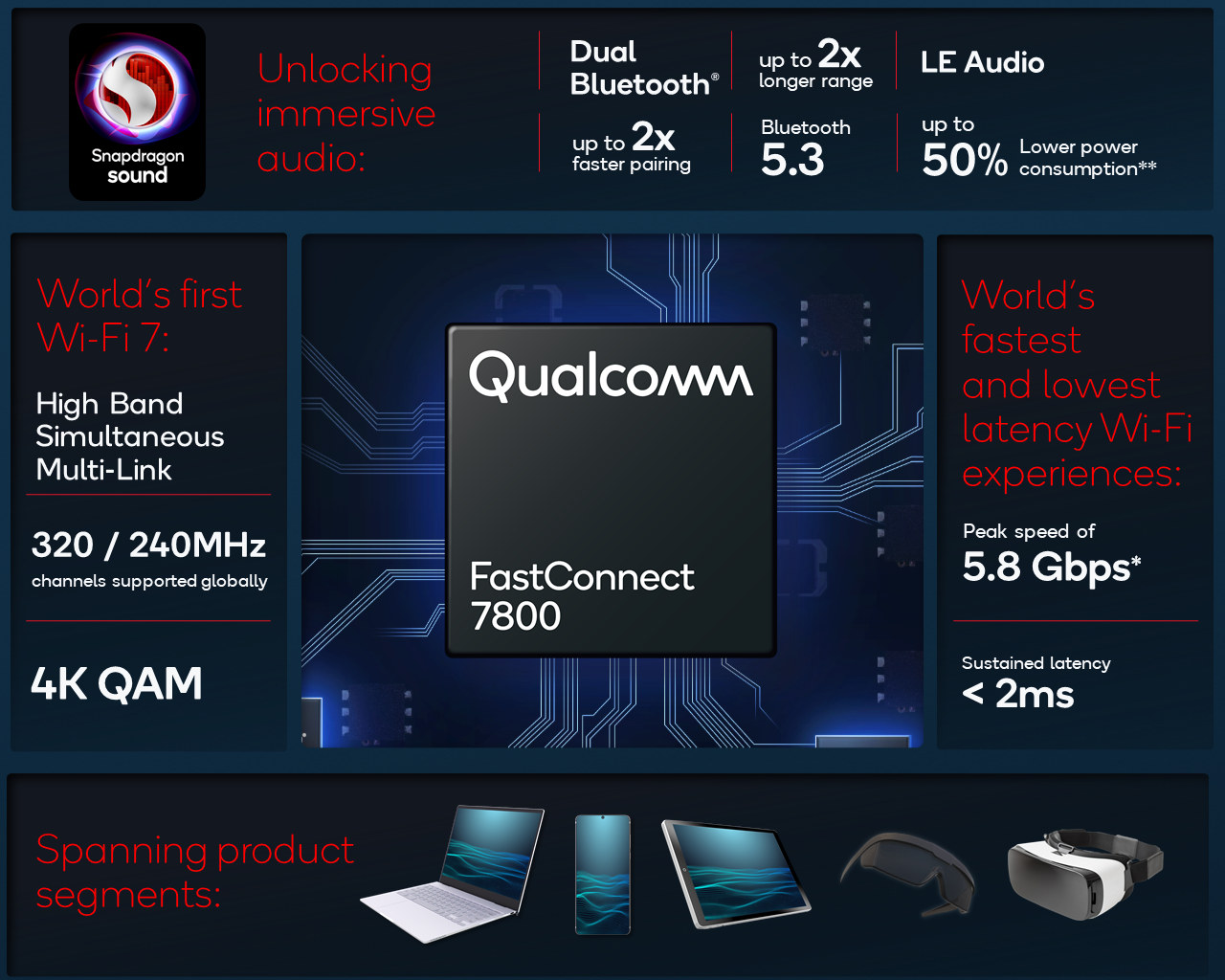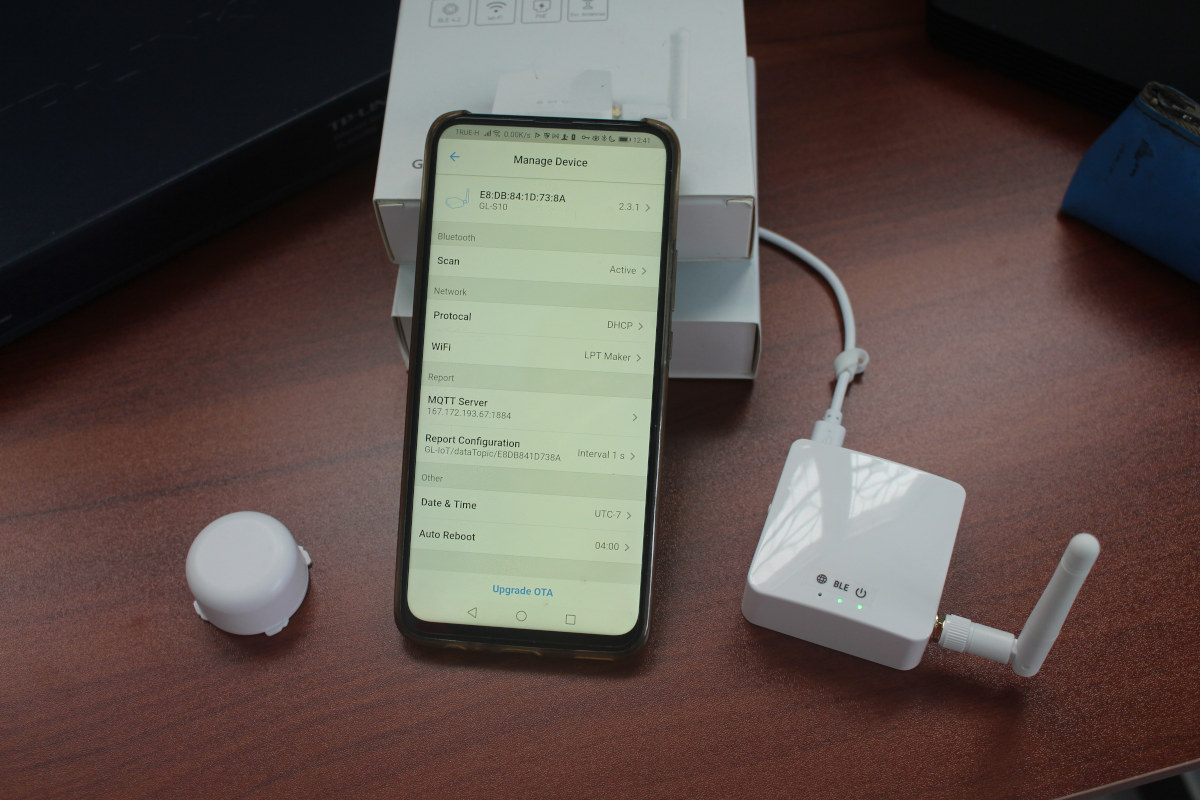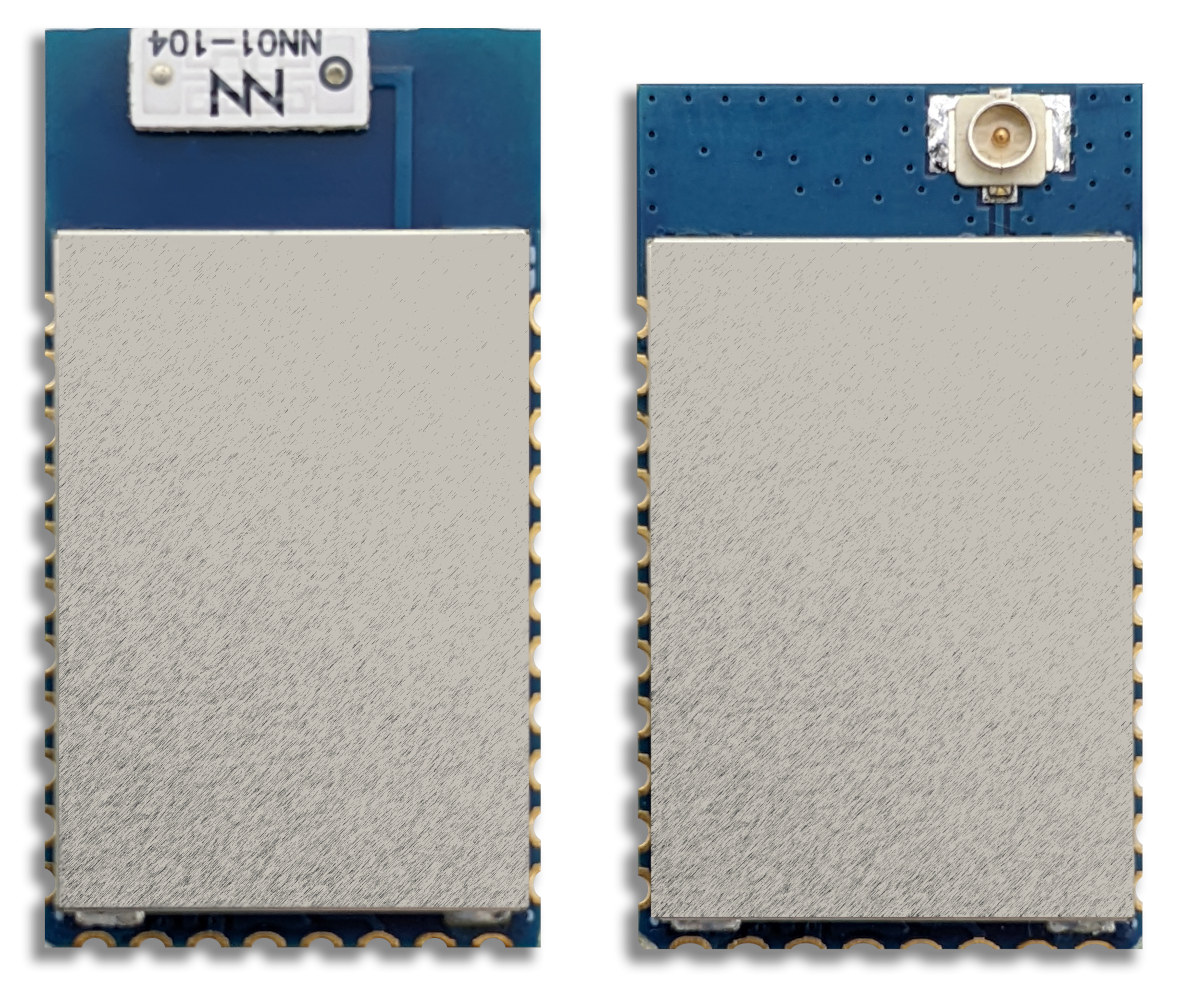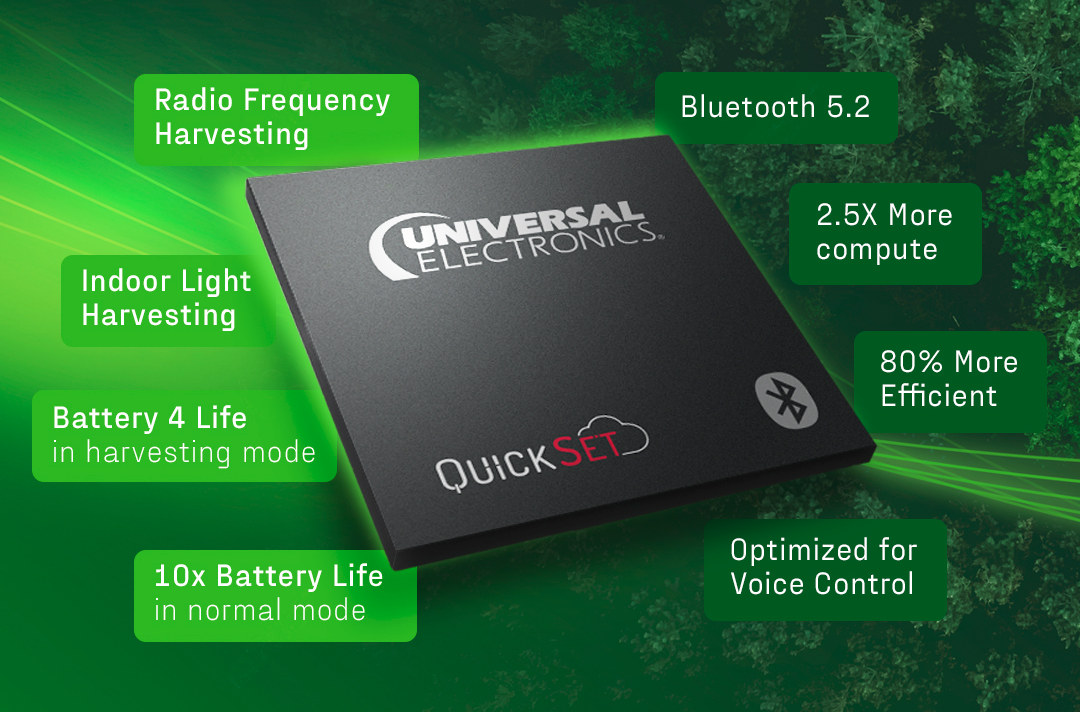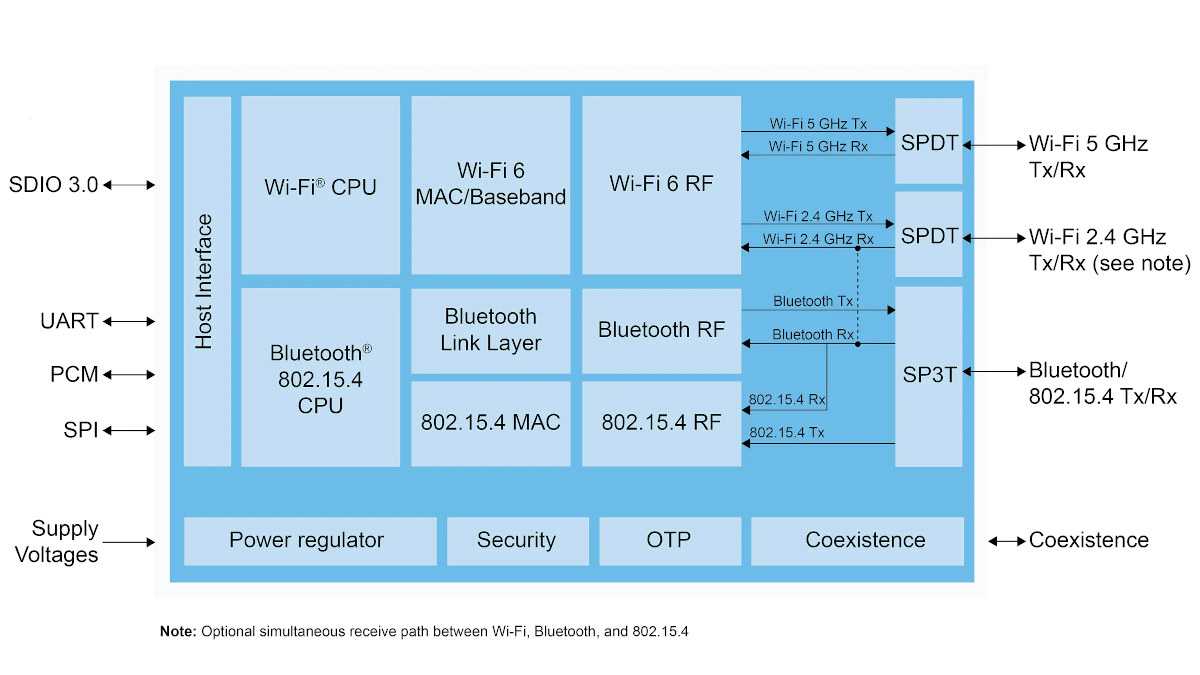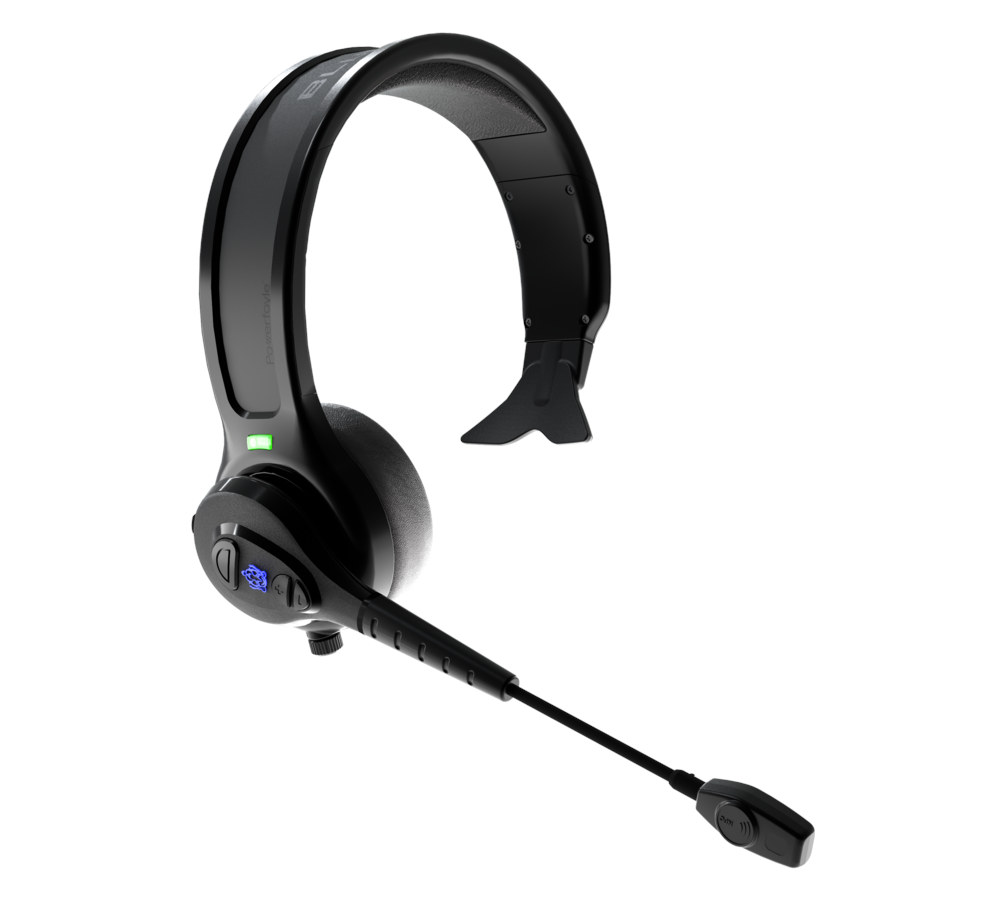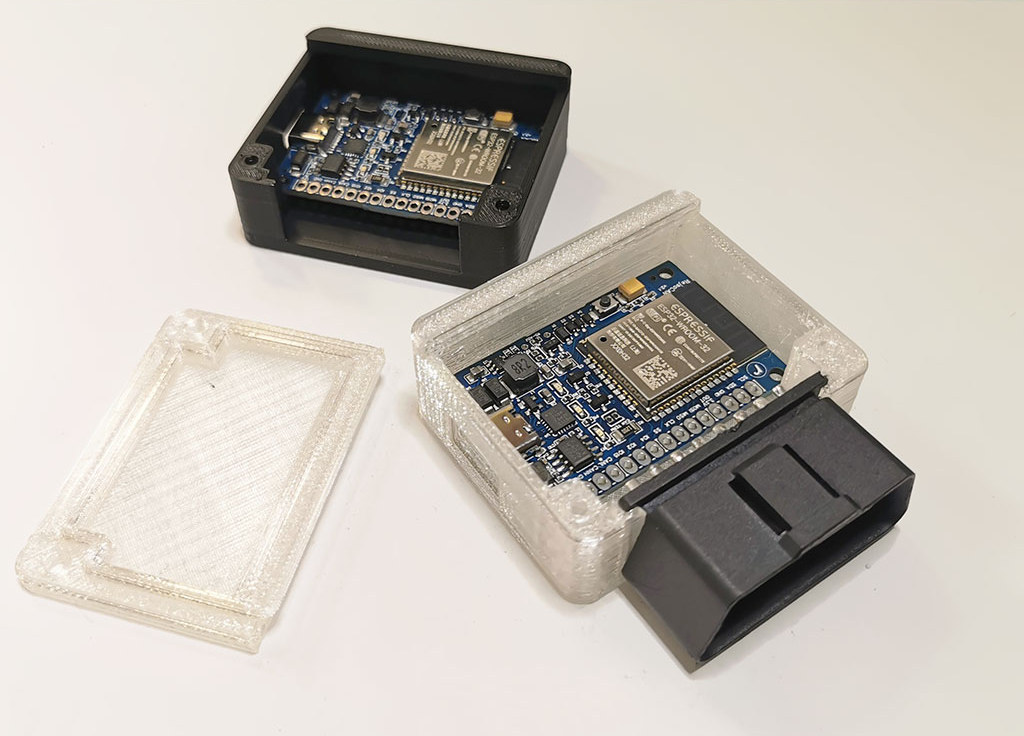Qualcomm has just announced the FastConnect 7800 WiFi 7 and Bluetooth 5.3 subsystem for smartphones, laptops, and virtual reality headsets promising peak speeds of 5.8 Gbps as well as sub-2 millisecond latency. We first detailed some of WiFi 7 features such as up to 40 Gbps link, and real-time capabilities when MediaTek showcased its future 802.11be compliant Filogic processor to customers, so it should be no surprise that Qualcomm had been working on its own solution, and announced it at Mobile World Congress 2022. Qualcomm FastConnect 7800 (WCN785x-1, WCN785x-5) specifications: Wi-Fi Standards – Wi-Fi 7 (802.11be), Wi-Fi 6E, Wi-Fi 6 (802.11ax), 802.11ac Wave 2, 802.11a/b/g, 802.11n Spectral Bands: 2.4GHz, 5GHz, 6GHz Peak QAM: 4K QAM Peak speed: 5.8Gbps or 4.3Gbps where the 6GHz spectrum is not available Features 4-stream Dual-band simultaneous (DBS) extended into the High Bands Multi-Link Operation (MLO) using 320 MHz (Single channel or 160 + 160) 8×8 […]
Review of GL.inet GL-S10 BLE to MQTT gateway with MQTT X open-source client
I started the review of GL.inet GL-S10 BLE to MQTT gateway in December by doing an unboxing and a teardown of the ESP32 gateway and BLE beacon provided. I’ve now had to play with the device and recommended app and software, and it took longer than expected since I encountered several issues during testing, most of which should now be resolved with new firmware, and documentation will be updated very soon. I mostly followed the steps from the detailed user manual for this review. The first time I did was to install the GL-S10 Tool App for Android, then power the gateway while pressing its button to enter pairing mode and soon enough the gateway was detected. Note you should probably not share the MAC address of your devices as there’s no security by default, and anybody would be able to access the information with the tools we’ll use below. […]
Silicon Labs BG24 and MG24 2.4 GHz wireless MCU’s quadruple AI performance at a fraction of the energy
Machine Learning is getting everywhere including into 2.4GHz wireless microcontrollers with SIlicon Labds BG24 Bluetooth and MG24 multi-protocol Cortex-M33 microcontrollers that improve AI/ML performance by 4 times using 1/6th of the energy thanks to a built-in AI accelerator. That makes the new microcontrollers suitable for battery-powered edge AI devices with support for Matter (coming soon) as well as PSA Level 3 Secure Vault protection. Silicon Labs expects the chips to be found in various smart home, medical and industrial applications. BG24 and MG24 share the same block diagram and the same specifications apart from the supported wireless protocols: MCU core – Arm Cortex-M33 @ 78.0 MHz with DSP instruction and floating-point unit Memory – Up to 256 kB RAM data memory Storage – Up to 1536 kB flash program memory Wireless CPU – Arm Cortex-M0+ 2.4 GHz Radio Performance -104.5 dBm sensitivity @ 250 kbps O-QPSK DSSS -104.9 dBm sensitivity […]
Bluetooth LE 5.0 module enables batteryless sensors thanks to Renesas RE01B MCU
RELOC RM-BE1 Bluetooth 5.0 module with embedded energy harvesting capabilities for batteryless sensors adds to the list of energy harvesting news we’ve written about since the beginning of the year, with UEI chip for remote controls, a devkit with a smart coffee cup, and Atmosic ATM33 BLE 5.3 chip. The RM-BE1 module is powered by Renesas RE01B Arm Cortex-M0+ Bluetooth microcontroller that leverages Renesas’ SOTB (Silicon on Thin Buried Oxide) process technology enabling ultra-low power. We’ve been told the chip can run at 35uA/Mhz with internal LDOs and <20uA/Mhz with additional external DCDCs, as well as around 600nA in standby mode. RELOC RM-BE1 module key features and specifications: MCU – Renesas RE01B Arm Cortex-M0+ microcontroller @ 64 MHz with 1.5MB flash, 256KB SRAM Connectivity Bluetooth LE 5.0 with Long Range (up to 400 m) and high data throughput (2 Mbps) support RF output power – Up to +4 dBm Receiver […]
“Extreme low power” chip with energy harvesting provides lifetime battery solution for remote controls
Most people probably don’t mind changing batteries in remote controls every so often, but it contributes to e-waste especially if you’re not using rechargeable batteries, and I always find it’s pain as I don’t usually have stock, or don’t feel like waiting for several hours to recharge the batteries. Universal Electronics Inc, or UEI for shorts, claims to have a solution with a family of QuickSet-certified chips using “Extreme Low-Power”, energy-harvesting and “high-performance technology” that would provide lifetime battery life to Bluetooth, voice remote controls. The main goal is “to help transition the world towards a more sustainable future, by reducing primary battery waste throughout the life of the product, which in turn reduces the cumulative CO2 footprint”. We don’t have a lot of information about the chip, but the company provides some of the key benefits of the Bluetooth 5.2 SoC: Arm-based with Trustzone security Up to 2.5 times […]
NXP IW612 Wi-Fi 6, Bluetooth 5.2, 802.15.4 tri-radio solution supports Matter
Matter, previously known as Project Chip, is a unified interface for Smart Home devices to improve interoperability between devices from different manufacturers and associated services like Google Assitant or Amazon Alexa. Matter can work over Thread, WiFi, Ethernet, BLE, etc… so it’s not limited by the physical layer. So far, we mostly heard about development related to Matter, and Espressif has published a series of posts about Matter to be for instance used by their upcoming ESP32-H2 wireless MCU, but I had not seen many other solutions, not commercial products. This is going to change in 2022, as Belkin announced it’s working on “redesigned smart plugs and lighting solutions” with support for Matter over Thread” that start selling this summer. Separately, NXP also announced the IW612 tri-radio solution with Matter support and dual-band WiFI 6, Bluetooth 5.2, and 802.15.4 radios. NXP IW612 IW612 key features and specifications: Dedicated, independent CPUs […]
Solar-powered Bluetooth headset with Powerfoyle nano-material band remains charged at all times
Blue Tiger Solare is a solar-powered Bluetooth headset that you may never need to charge thanks to a Powerfoyle solar cell headband comprised of a “nano-material that transforms any outdoor and indoor light into clean, endless energy”. Solare Bluetooth 5.1 headset is said to be military-grade (MIL-STD-810), offers 97% noise cancellation, and is mostly designed for “road warriors” who may require a Bluetooth headset that’s charging continuously. I initially thought it would probably work better for hikers, bicycle and motorbike riders, than car drivers unless we’re talking about convertibles, but Blue Tiger caters to professional truck drivers. Solare highlights: Bluetooth 5.1 with up to ~90 meters range High-quality speaker Microphone with 97% noise cancellation Works with Sir and Google Assistant Endless Battery Life with Powerfoyle solar cell flexible headband Temperature Range – -40°C to +50°C Certifications IPX4 ingress protection rating MIL-STD-810 for extreme environments and ruggedness Solare solar-powered Bluetooth headset […]
ESP32 CAN board fits into OBD-II dongle, supports auto shutdown
RejsaCAN-ESP32 is a small board based on ESP32-WROOM-32 WiFi (and Bluetooth) module with a CAN interface that fits into a 3D printed OBD-II dongle for easy installation into most cars. Magnus Thomé has already published several automotive projects, notably for car racing with a system that checks real-time tire temperature, and he designed RejsaCAN-ESP32 board so that it can be plugged directly into his car with support for 5-15V input voltage, and also includes an auto-shutdown option to prevent battery drain by monitoring the battery voltage in the car. RejsaCAN-ESP32 specifications: Wireless module – ESP32-WROOM-32 module with a dual-core ESP32 processor @ 240 MHz with 2.4 GHz WiFi 4 and Bluetooth 4.2 connectivity, PCB antenna, 32Mbit SPI flash USB – 1x USB-C port for power and programming via CP2104 USB to TTL chip Expansion – 15-pin header with 3x GPIO, SPI, I2C, analog input, PWM or analog output, CAN bus […]


